 Unfortunately, traumatic brain injuries are one of the leading causes of death and disability in children in the U.S. Here are some of the special factors that differentiate TBI cases with children versus adults:
Unfortunately, traumatic brain injuries are one of the leading causes of death and disability in children in the U.S. Here are some of the special factors that differentiate TBI cases with children versus adults:
- Age factors in heavily. Because the child’s brain is still developing, a serious brain injury may completely alter the course of the child’s development.
- Previously learned information may be lost – in which case, this can severely handicap child brain injury patients. Why? Because previously learned information provides important building blocks for subsequent learning.
- The effects of a traumatic brain injury on a child may not be seen directly after the injury. In fact, the effects may only become apparent over time, during the course of cognitive and mental development. Problems with abstract thinking and other skills may not be apparent until the child is well into adolescence. Thus, it’s important to keep a close eye on the child throughout their adolescence. Otherwise, the cause of problems in thinking could go unidentified. This will only create even more problems for the child throughout time. The strategies used to help a child with TBI are very different from those used to address similar problems.
Join the TryMunity Community – We’re Here for You!
Do you have further questions about special factors in TBI cases with children? Don’t hesitate to contact TryMunity. Here at TryMunity, we provide a vast, comprehensive web of resources for just that! We also have several support systems for those afflicted with a traumatic brain injury, or who know of someone who is. Please feel free to contact us with any questions you may have! Join the TryMunity community today, and take advantage of all that we offer. We’re always happy to speak with you, and offer our assistance. We look forward to speaking with you soon!

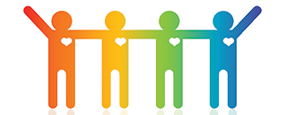
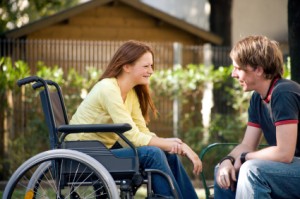 Too often in the traumatic brain injury community, our peers and family want to be supportive but are going about it the wrong way. There are things we hear daily that we just don’t want to hear, no matter how touching or genuine they are. So, in light of education being a top priority here at TryMunity, we thought we’d blog this month about the things we actually want to hear. Rather than put up with statements that end up hurting more than helping,
Too often in the traumatic brain injury community, our peers and family want to be supportive but are going about it the wrong way. There are things we hear daily that we just don’t want to hear, no matter how touching or genuine they are. So, in light of education being a top priority here at TryMunity, we thought we’d blog this month about the things we actually want to hear. Rather than put up with statements that end up hurting more than helping, 
 Riding your bicycle is a great way to stay in shape and enjoy the outdoors, but it can also be very dangerous if you do not wear the proper equipment. At TryMunity, we know that the best way to avoid traumatic brain injury is through prevention, which is why we are passionate about getting everyone to
Riding your bicycle is a great way to stay in shape and enjoy the outdoors, but it can also be very dangerous if you do not wear the proper equipment. At TryMunity, we know that the best way to avoid traumatic brain injury is through prevention, which is why we are passionate about getting everyone to 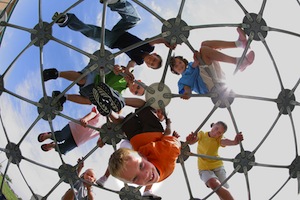 With the warmer weather comes plenty of outdoor activities that the whole family can enjoy. At TryMunity, we know that getting outside is one of the best ways to celebrate the summer season, providing plenty of healthy and relaxing memories for people of all ages. Preparation is key when you want to
With the warmer weather comes plenty of outdoor activities that the whole family can enjoy. At TryMunity, we know that getting outside is one of the best ways to celebrate the summer season, providing plenty of healthy and relaxing memories for people of all ages. Preparation is key when you want to 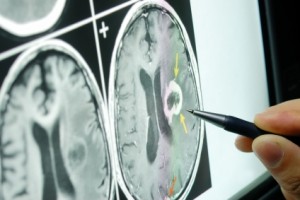 Traumatic brain injury, or
Traumatic brain injury, or 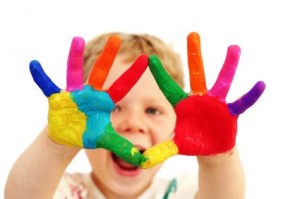 TryMunity understands that parents have a difficult time talking to children about complex health concerns. Children understand what they can immediately see and feel. This makes discussing subjects such as
TryMunity understands that parents have a difficult time talking to children about complex health concerns. Children understand what they can immediately see and feel. This makes discussing subjects such as  Most skiing and snowboarding enthusiasts are trained to wear a helmet when hitting the slopes. However, experts are now questioning whether a protective piece of plastic is sufficient in preventing snow lovers from obtaining head trauma, including
Most skiing and snowboarding enthusiasts are trained to wear a helmet when hitting the slopes. However, experts are now questioning whether a protective piece of plastic is sufficient in preventing snow lovers from obtaining head trauma, including 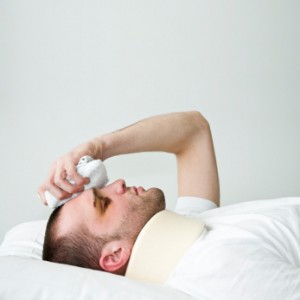 If you believe that you or someone you know is suffering from a
If you believe that you or someone you know is suffering from a 
